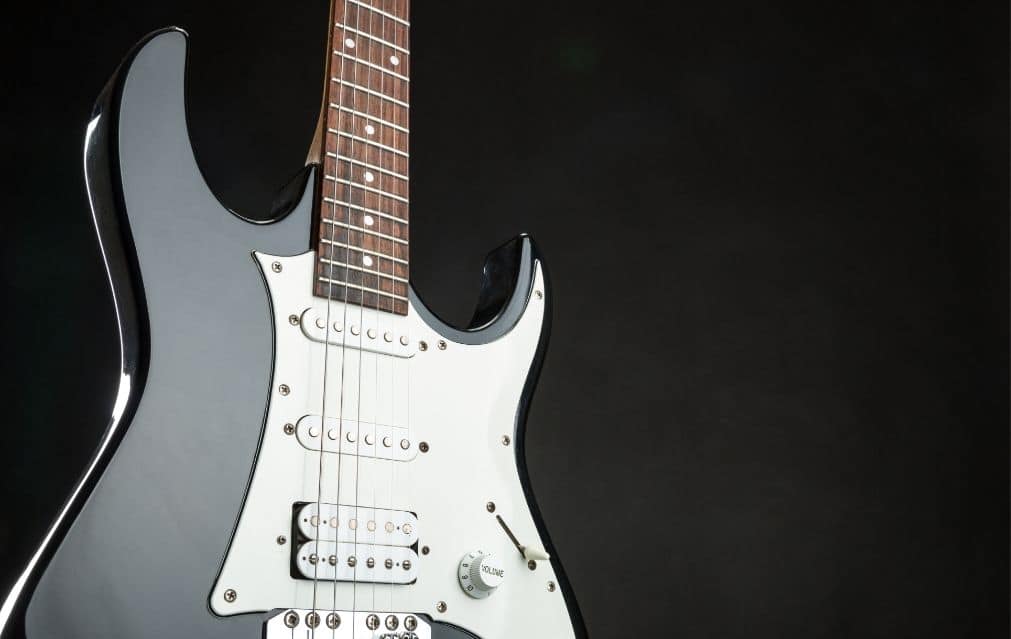
Get ready to crank up the volume and unleash your inner rock star because we’re going to explore the electrifying tale of how the electric guitar ignited a musical revolution that birthed rock and punk!
From the first power chords that shattered the silence to the punk anthems that flipped the bird to the convention, this journey is packed with riffs, rebellion, and a whole lot of attitude.
The Rickenbacker's Electric Guitar and Frying Pan Revolution

In 1935, Adolph Rickenbacker made history by receiving a patent for his groundbreaking electric guitar, a moment sparked by the impressive demonstration from musician Sol Hoopii.
This innovation was the culmination of Rickenbacker’s collaboration with George Beauchamp, who together developed the first electric guitar, affectionately known as “the Frying Pan.”
Designed with a distinctive oval shape and an aluminum body, the Frying Pan was a game-changer, allowing musicians to amplify their sound in ways never before possible. This invention not only paved the way for the evolution of the electric guitar but also set the stage for the seismic shifts in music that would follow.
As artists began to explore the electric guitar’s potential, it became clear that this instrument would play a pivotal role in shaping the future of popular music. The Frying Pan was just the beginning of a sonic revolution that would electrify stages and hearts around the world.
The Electric Guitar's Journey to Musical Dominance
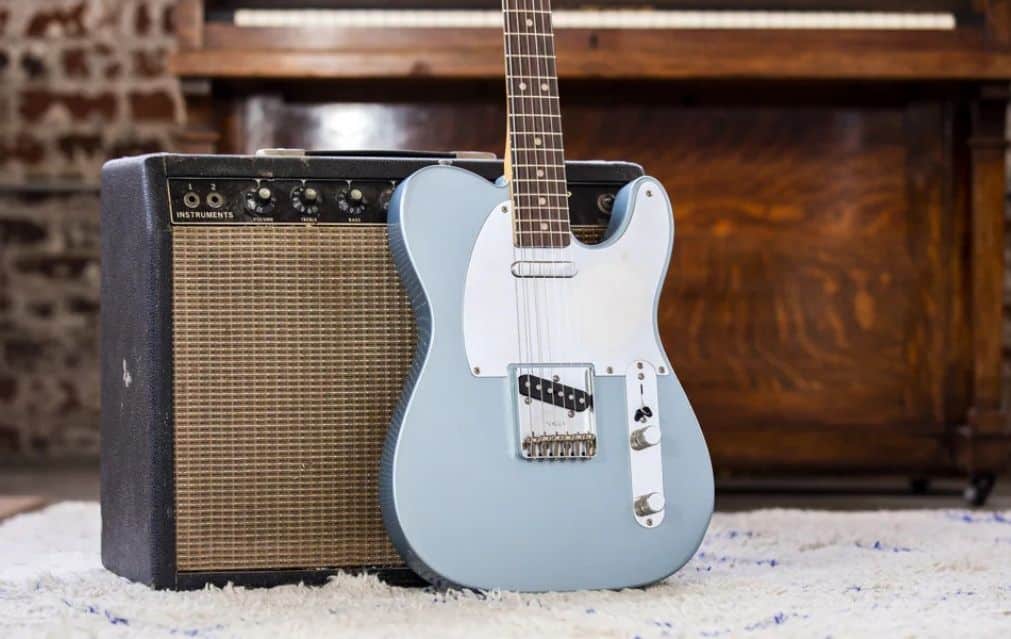
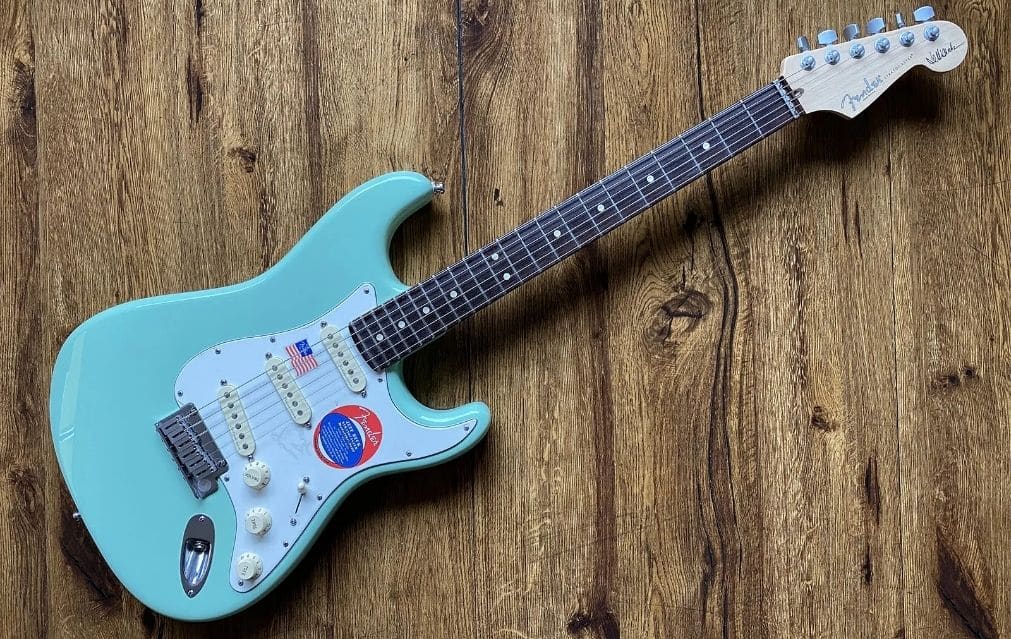
In the 1950s, the electric guitar emerged as the quintessential instrument for rock ‘n’ roll, thanks to its loud, amplified sound that perfectly matched the genre’s energetic spirit.
Initially, Rickenbacker and Beauchamp designed their electric guitars for Hawaiian and country music, showcasing the instrument’s versatility.
However, it was Leo Fender who truly revolutionized the electric guitar in the 1940s with his solid-body design. This design not only enhanced sustain but also minimized feedback—two crucial elements for the burgeoning rock sound.
Fender’s innovations paved the way for iconic models like the Telecaster and Stratocaster, which became staples in rock music.
As musicians embraced the electric guitar’s potential, it quickly became the backbone of rock bands, fueling a cultural shift and a musical revolution that would resonate for decades.
Rickenbacker's Defense Work
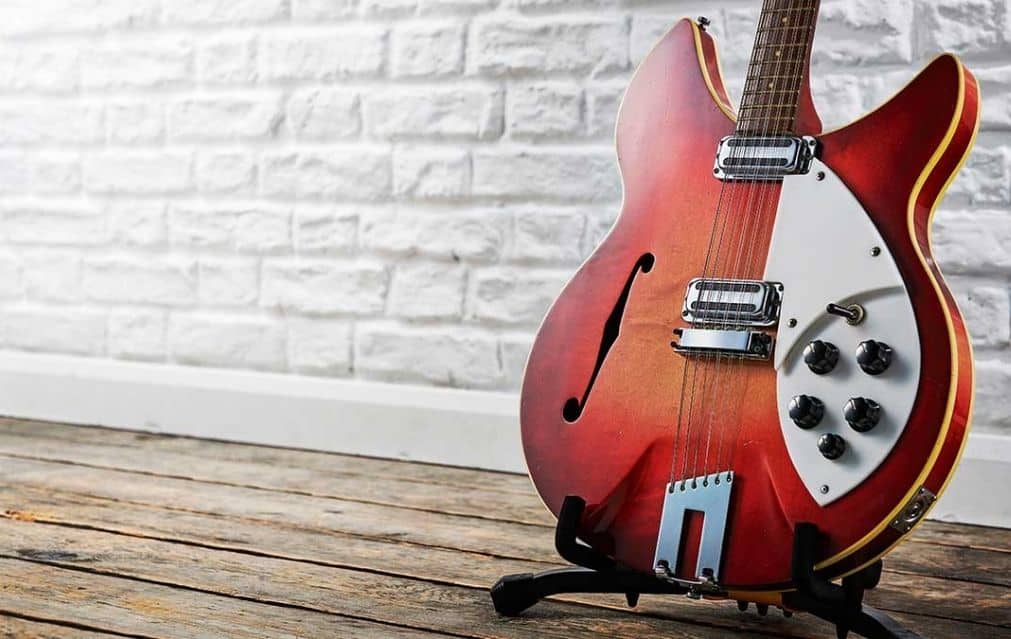
During World War II, Rickenbacker pivoted to defense work, believing that the electric guitar’s popularity might wane in the face of global conflict and shifting societal priorities.
This shift reflected a broader uncertainty about the future of musical innovation amid the war’s challenges, as resources were redirected towards supporting the military effort. Despite these doubts, the electric guitar would soon experience a resurgence, ultimately becoming a cornerstone of popular music in the post-war era.
F.C. Hall, Rickenbacker, and the Rise of the Telecaster
In 1953, F.C. Hall acquired Rickenbacker’s company, marking a significant turning point in the history of electric guitars.
Hall’s ownership not only brought innovation to Rickenbacker but also reflected his involvement in the broader guitar industry, as he held a stake in Fender’s company at the same time. Fender’s Telecaster, introduced a few years earlier, quickly
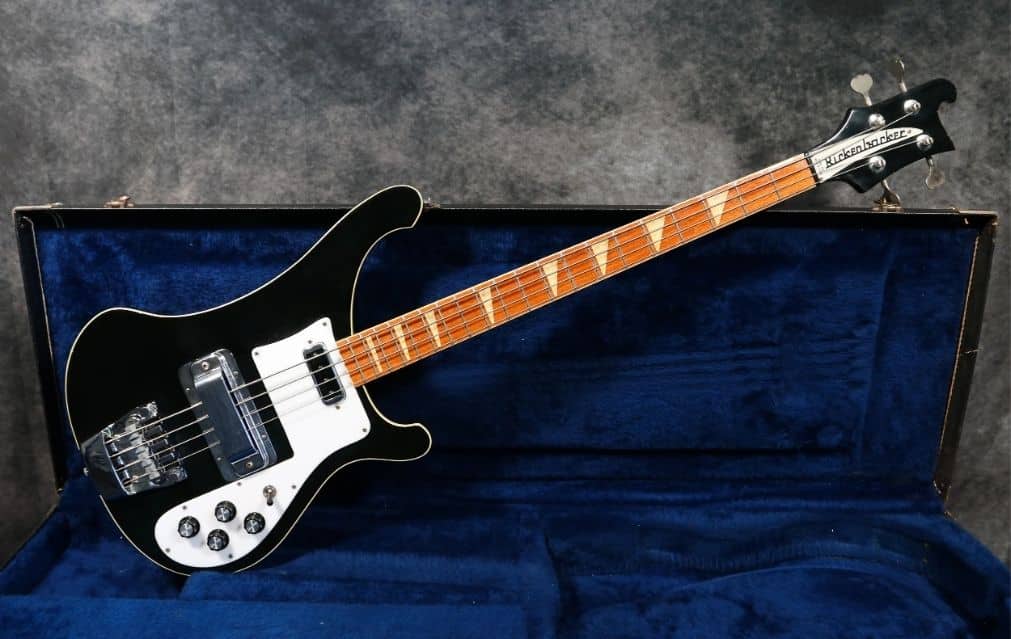
rose to prominence and became one of the most iconic electric guitars in music history.
Its distinctive sound and solid-body design made it a favorite among musicians across various genres, solidifying Fender’s reputation as a leader in guitar manufacturing.
The collaboration and competition between Hall, Rickenbacker, and Fender contributed to a flourishing era of creativity and innovation in the electric guitar market. This period set the stage for the electric guitar to become an essential instrument in rock music and beyond, influencing generations of musicians.
From Beatles Fame to 1980s Resurgence—A Legacy of Musical Innovation
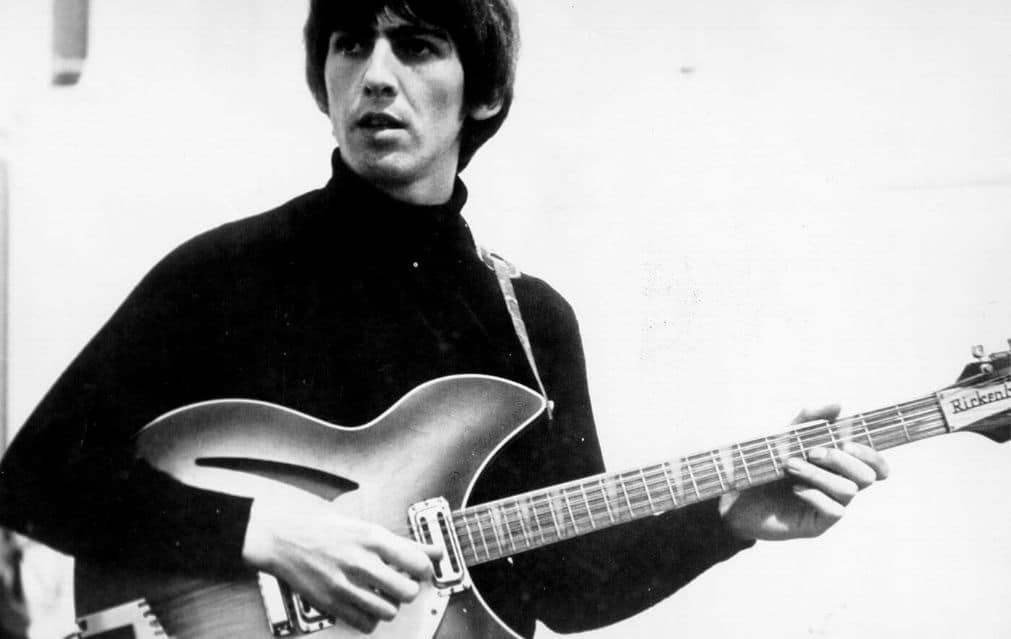
Rickenbacker’s popularity soared in the 1960s, largely fueled by the iconic sound of The Beatles, who famously used the brand’s distinctive guitars to craft their revolutionary music.
The association with such a legendary band helped solidify Rickenbacker’s reputation as a go-to choice for rock musicians, contributing to a cultural phenomenon that resonated with fans worldwide.
As the decades progressed, Rickenbacker guitars experienced a resurgence in the mid-1980s, capturing the attention of a new generation of artists eager to embrace their unique tone and craftsmanship. A blend of nostalgia and innovation marked this renewed success, as Rickenbacker continued to evolve its designs while maintaining the classic features that made them beloved.
The brand’s ability to adapt and thrive in a changing musical landscape ensured that it remained a staple in the world of electric guitars, influencing countless musicians across various genres.
Ultimately, Rickenbacker’s enduring legacy is a testament to its significant role in shaping the sound of popular music.
TOP 3 RICKENBACKER ELECTRIC GUITARS
Rickenbacker 350V63 Liverpool, Fireglo
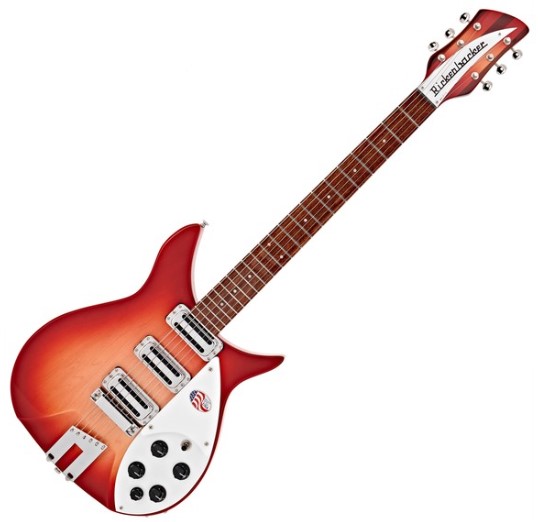
FEATURES: Scale Length: 62.9 cm
OTHER INFO: Deluxe Vintage Machine Heads
- Premium construction with a focus on vintage charm and sonic goodness.
- Versatile tonal capabilities, suitable for bright cleans and heavy distortion.
- Striking aesthetic with a semi-hollow maple body and vintage hardware
- Comes with a vintage hardshell case for protection during travel.
- Honors the legacy of the classic 325 Series guitars with thoughtful design.
- Vintage-style trapeze tailpiece may require more effort for string changes compared to modern alternatives.
- 21-fret configuration may be limiting for players accustomed to guitars with more frets.
When you click ‘Check Price’, you’ll see there are loads of great places to buy this item. Our personal favorite is Sweetwater for the US, and Thomann and Gear4Music for the UK & Europe.
They are the largest music retailers, with excellent customer service, competitive prices, really fast shipping, and the longest guarantees.
The professional musician who wrote this article combined many things,
from the product build, manufacturer’s reputation through to feedback
from other users, to create our famous TedScore™.
Rickenbacker 660, Jetglo
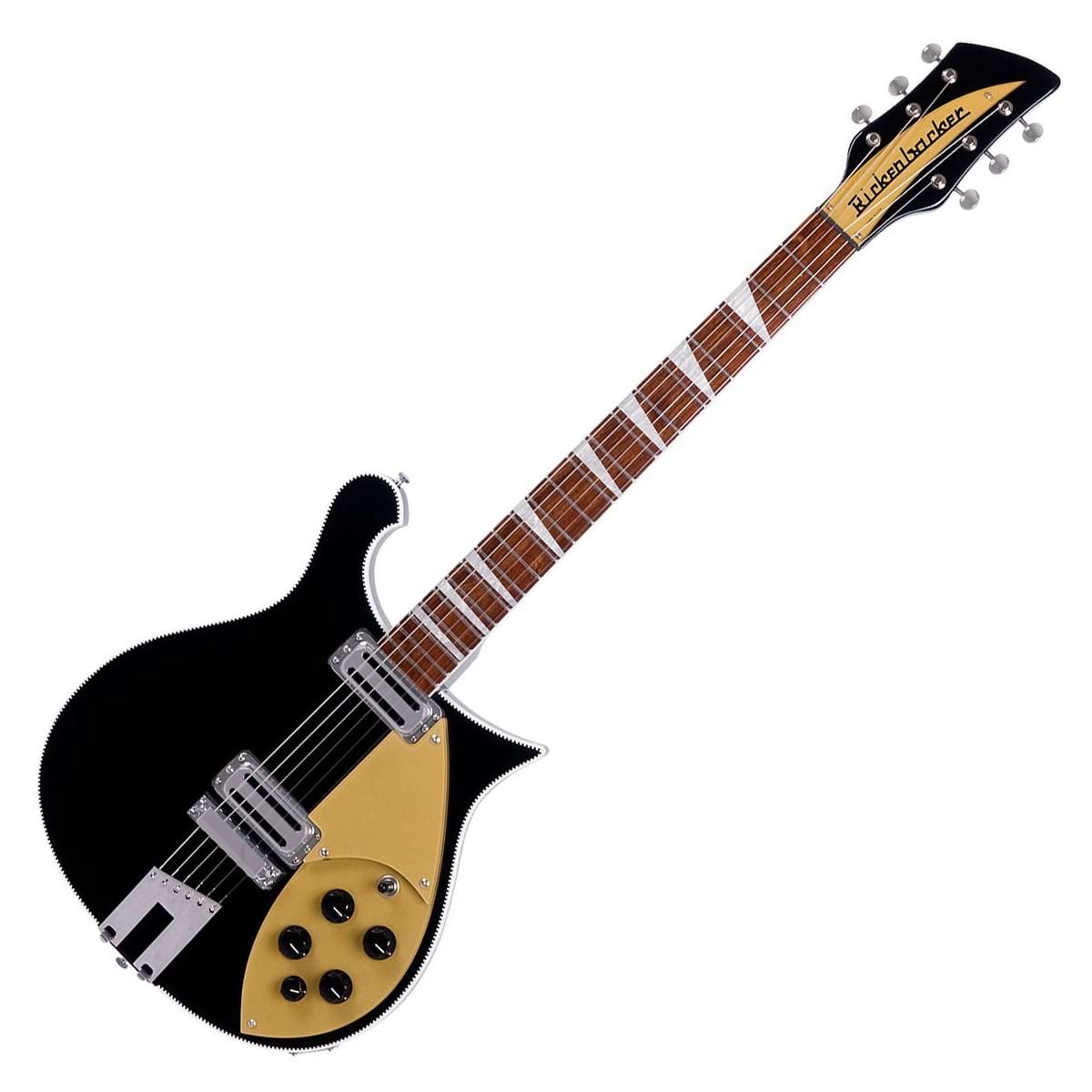
FEATURES: Solid maple body with a unique crescent wave cut
OTHER INFO: Includes vintage-style toaster pickups for iconic Rickenbacker sound
- Stunning aesthetics with Jetglo finish
- Exceptional craftsmanship and build quality
- Iconic jangly tone perfect for rock and pop
- Narrow neck width may not suit all players
- Limited tonal versatility for some genres
When you click ‘Check Price’, you’ll see there are loads of great places to buy this item. Our personal favorite is Sweetwater for the US, and Thomann and Gear4Music for the UK & Europe.
They are the largest music retailers, with excellent customer service, competitive prices, really fast shipping, and the longest guarantees.
The professional musician who wrote this article combined many things,
from the product build, manufacturer’s reputation through to feedback
from other users, to create our famous TedScore™.
Rickenbacker 1993 Plus 12 String
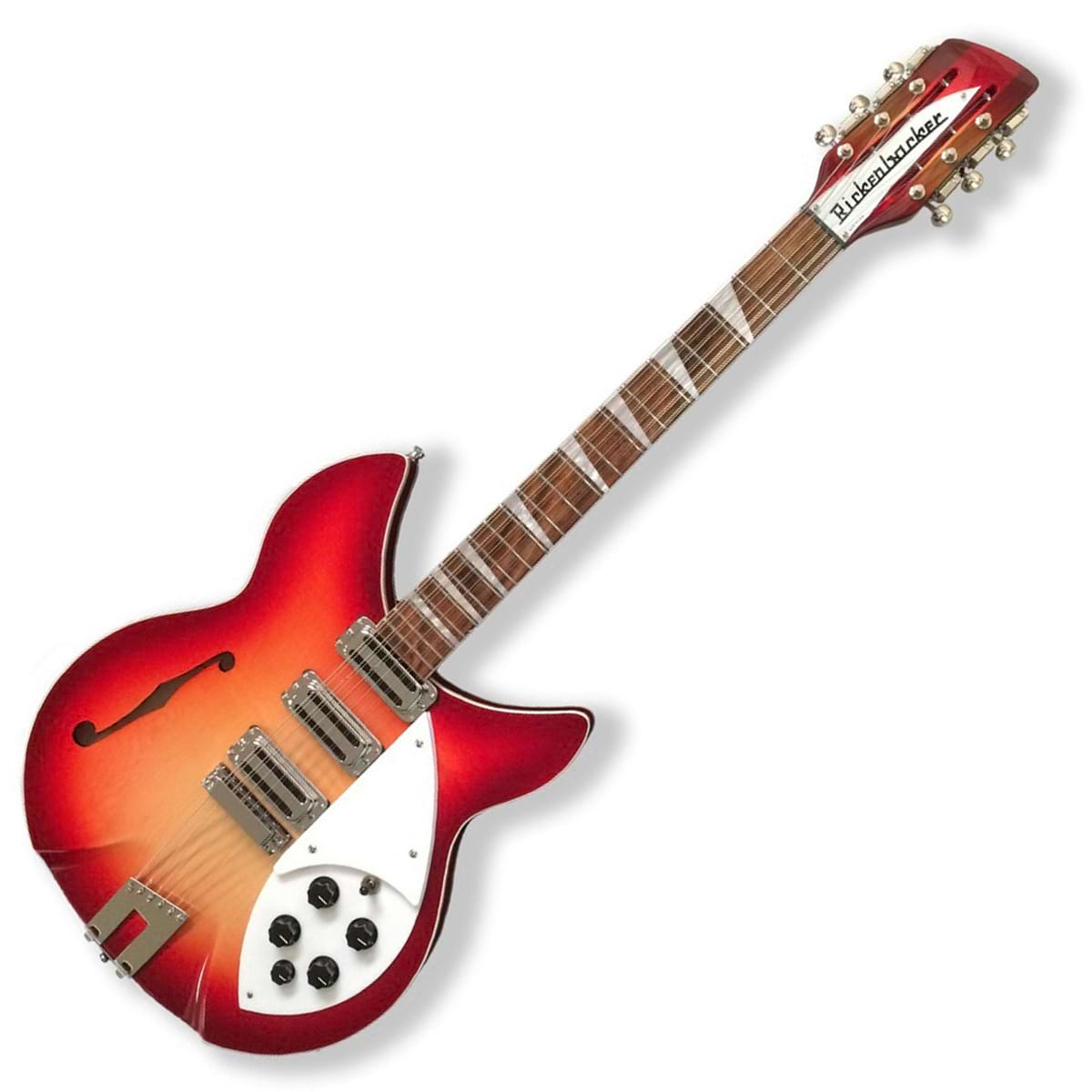
FEATURES: Three vintage-style pickups for unparalleled tonal depth
OTHER INFO: Designed for classic rock, folk, and jangly pop styles
- Lush, full-bodied 12-string sound
- Stunning Fireglo finish with vintage charm
- Exceptional playability for a 12-string guitar
- Expensive compared to similar models
- Setup may require expertise to optimize string action
When you click ‘Check Price’, you’ll see there are loads of great places to buy this item. Our personal favorite is Sweetwater for the US, and Thomann and Gear4Music for the UK & Europe.
They are the largest music retailers, with excellent customer service, competitive prices, really fast shipping, and the longest guarantees.
The professional musician who wrote this article combined many things,
from the product build, manufacturer’s reputation through to feedback
from other users, to create our famous TedScore™.
The Electric Guitar:
A Revolution That Shaped Rock and Punk History

The electric guitar has not only transformed the sound of music but also ignited a cultural revolution that redefined genres and inspired generations of musicians.
From the groundbreaking innovations of Rickenbacker and Fender to the iconic riffs of rock and punk, this instrument has become synonymous with rebellion and creativity. The journey of the electric guitar, marked by its ups and downs, showcases its resilience and adaptability in an ever-changing musical landscape.
As we celebrate Rickenbacker’s enduring legacy and impact on popular music, we are reminded that the spirit of rock ‘n’ roll will continue to resonate through the strings of every electric guitar, inspiring future artists to unleash their inner rock stars. The story of the electric guitar is far from over; it remains a powerful symbol of artistic expression and innovation.










